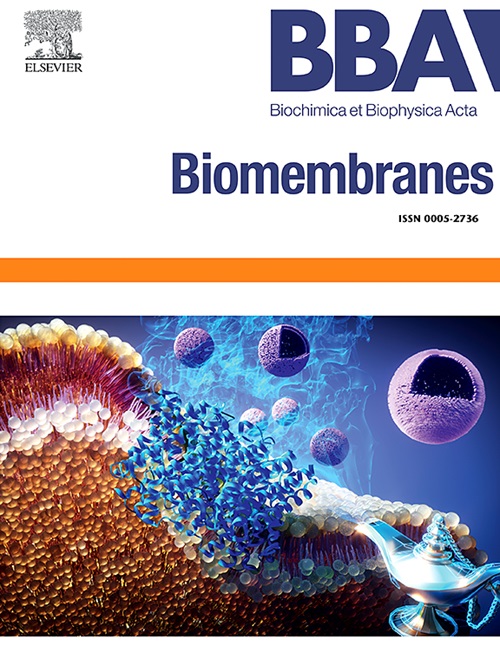Tuning expression of GPCRs for the secretory pathway in the baculovirus-insect cell expression system
IF 2.5
3区 生物学
Q3 BIOCHEMISTRY & MOLECULAR BIOLOGY
引用次数: 0
Abstract
The overexpression of G-protein-coupled receptors (GPCRs) remains one of the biggest hurdles for structural studies of these proteins. To date, the most usually applied system for this task is the insect cell/baculovirus expression system. A drawback of this system, however, is the accumulation of protein that is resistant to solubilization with the commonly used mild detergent DoDecylMaltoside (DDM). In addition, poor surface expression is often observed. In this study, it is shown how an earlier AcMNPV 39K promoter, can express receptors that are found primarily on the cell membrane, as revealed by confocal microscopy, and the protein can be solubilized to a higher degree by DDM in a less aggregation-prone form, as monitored by fluorescence size-exclusion chromatography. In addition, a strong effect on the yield was observed when the AcMNPV gp67 signal sequence was used. The documentation of the 39K promoter as an improvement over the frequently used polyhedrin promoter, along with the effect of the gp67 signal sequence are important steps toward ultimately improving the expression in terms of total functional yield, while also shedding light on the nature of the process of overproduction of membrane proteins, in particular, GPCRs.

在杆状病毒-昆虫细胞表达系统中调节分泌途径 GPCR 的表达。
过表达 G 蛋白偶联受体(GPCR)仍然是对这些蛋白质进行结构研究的最大障碍之一。迄今为止,最常用的表达系统是昆虫细胞/杆状病毒表达系统。然而,这种系统的一个缺点是积累的蛋白质对常用的温和去污剂癸基麦芽糖苷(DDM)的溶解有抵抗力。此外,还经常出现表面表达不佳的情况。本研究表明,早期的 AcMNPV 39K 启动子可以表达主要存在于细胞膜上的受体,共聚焦显微镜显示了这一点,而且通过荧光大小排阻色谱法监测,该蛋白可以以不易聚集的形式被 DDM 更大程度地溶解。此外,当使用 AcMNPV gp67 信号序列时,对产量也有很大影响。与常用的多面体蛋白启动子相比,39K 启动子的改进以及 gp67 信号序列的影响都是重要的步骤,有助于最终提高表达的总功能产量,同时也揭示了膜蛋白(尤其是 GPCR)过量生产过程的本质。
本文章由计算机程序翻译,如有差异,请以英文原文为准。
求助全文
约1分钟内获得全文
求助全文
来源期刊

Biochimica et biophysica acta. Biomembranes
生物-生化与分子生物学
CiteScore
8.20
自引率
5.90%
发文量
175
审稿时长
2.3 months
期刊介绍:
BBA Biomembranes has its main focus on membrane structure, function and biomolecular organization, membrane proteins, receptors, channels and anchors, fluidity and composition, model membranes and liposomes, membrane surface studies and ligand interactions, transport studies, and membrane dynamics.
 求助内容:
求助内容: 应助结果提醒方式:
应助结果提醒方式:


